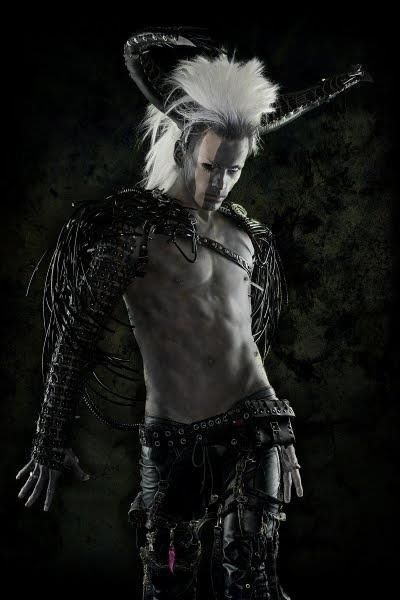Vediovis
What is Known
Vejovis or Vejove (Latin: Vēiovis or Vēdiovis; rare Vēive or Vēdius) was a Roman god. Romans believed that Vejovis was one of the first gods in this world.
Representation and Worship
Vejovis was portrayed as a young man, holding a bunch of arrows, pilum, (or lightning bolts) in his hand, and accompanied by a goat. Romans believed that Vejovis was one of the first gods to be born. He was a god of healing, and became associated with the Greek Asclepius. He was mostly worshiped in Rome and Bovillae in Latium. On the Capitoline Hill and on the Tiber Island, temples were erected in his honor.
Sacrifice
In spring, multiple goats were sacrificed to him to avert plagues. Aulus Gellius informs us that Vejovis received the sacrifice of a female goat, sacrificed ritu humano; this obscure phrase could either mean "after the manner of a human sacrifice" or "in the manner of a burial."
God of Whatever is Needed
The studies about Vejovis are very poor and unclear. They show a constant updating of his condition and his use by people: escaping from the netherworld, a volcanic god responsible for marshland and earthquakes, and later guardian angel in charge of slaves and fighters refusing to lose. God of deceivers, he was called to protect right causes and to give pain and deception to enemies. His temple was described as a safe haven for wrongly persecuted people, and dedicated to the protection of newcomers to Rome. Some have disputed this.
He is also at times identified with Apollo.
Aulus Gellius, in the Noctes Atticae, written almost a millennium after; speculated that Vejovis was the inverse or ill-omened counterpart of Jupiter; compare Summanus. Aulus Gellius observes that the particle ve- that prefixes the name of the god also appears in Latin words such as vesanus, "insane," and thus interprets the name Vejovis as the anti-Jove.
He has been identified with Apollo, with the infant Jupiter, and speculatively as the Anti-Jupiter (i.e. the Jupiter of the Lower World) as suggested by his name. In art, he was depicted as a youth holding a Laurel wreath and some arrows, next to a goat. He had a temple between the two peaks of the Capitoline Hill in Rome, where his statue had a beardless head and carried a bundle of arrows in his right hand. It stood next to a statue of a goat. There is no firm evidence that he was a god of expiation and the protector of runaway justice-seekers.
Festivals
Vejovis had three festivals in the Roman Calendar: on 1 January, 7 March, and 21 May.
